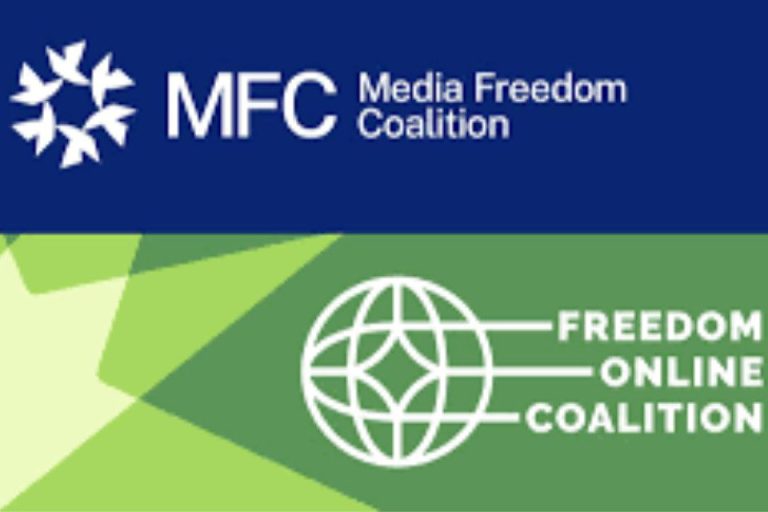The International Telecommunications Union (ITU) has released a survey report indicating a “continued and almost universal growth in information and communication technology(ICT) uptake.” The report entitled “World in 2013: ICT Facts and Figures” also predicts that there will soon be as many mobile-cellular subscriptions as people inhabiting the earth.

This ITU report features estimates for key telecommunication/ICT indicators up till the endof2013. It highlights the latest global ICT facts and trends and includes figures on Internet use, gender, fixed and mobile broadband subscriptions and prices, home ICT access, and more. It is presented statistically with charts to graphically portray what the report is saying.
ITU, in the report, said the mobile revolution is empowering people in developing countries by delivering ICT applications in education, health, government, banking, environment and business. All these are made possible by a steady fall in the price of broadband Internet.
The report says the number of mobile-cellular subscriptions approaches global population figures with 6.8 billion subscriptions. It shows that the Asia-Pacific region has more than half or 3.5 billion of 6.8 billion total subscriptions. It however noted that as the global mobile-cellular penetration approaches 100% and reaches market saturation,growth rates have fallen to their lowest levels in both developed and developing countries.
The report says by the end of 2013 over 2.7 billion people,corresponding to 39% of the world’s population, will be using the Internet.
It shows that 31% of the population in the developing world is online, compared with 77% in the developed world. It also named Europe as the region with the highest Internet penetration rate in the world (75%), followed by the Americas (61%). It says in Africa, 16% of people are using the Internet which equates to only half the penetration rate of Asia and the Pacific.
In gender usage of telecommunications, the report says more men than women use the Internet. It shows that globally, 37% of all women are online, compared with 41% of all men corresponding to 1.3 billion women and 1.5 billion men.
The report says gender gap is more pronounced in the developing world, where 16% fewer women than men use the Internet, compared with a mere 2% fewer women than men in the developed world.
Again, it says that the developing world is home to about 826 million female Internet users and 980 million male Internet users while the developed world is home to about 475 million female Internet users and 483 million male Internet users.
The report estimates that in 2013, 41% of the world’s households will be connected to the Internet with half of them in the developing world, where household Internet penetration has reached 28%. The developed world however will have 78% of all households connected to the Internet. In the developing world, 90% of the 1.1 billion households will not have Internet connection:77% of households in Europe are connected to the Internet, compared with 7% in Africa.
The ITU report estimates that there would be more than 2 billion mobile broadband subscriptions worldwide by end 2013.
“Mobile-broadband subscriptions have climbed from 268 million in 2007 to 2.1 billion in 2013. This reflects an average annual growth rate of 40%, making mobile broadband the most dynamic ICT market,” says the report.
Breaking this down, it says the number of mobile-broadband subscriptions in developing countries more than doubled from2011 to2013 (from 472 million to 1.16 billion) and surpassed those in developed countries in 2013. It identifies Africa as the region with the highest growth rates over the past three years where mobile-broadband penetration has increased from 2% in 2010 to 11% in 2013.
The report noted however that mobile broadband is much more expensive in developing countries than in developed countries.
A regional comparison of mobile broadband highlights shows that mobile-broadband services remain largely unaffordable in Africa, where the price of a computer-based plan with 1GB of data volume represents on average more than 50% of Gross National Income (GNI).
It also shows that services are most affordable in Europe, where they represent on average less than 2% of GNI.
In the Arab States and Asia and the Pacific region, postpaid handset-based services are relatively affordable, accounting for 2.2% and 3.5% of monthly GNI per capita, respectively; prices in the Americas and CIS remain relatively high (5% or above of monthly GNI p.c.) for all mobile-broadband services, the ITU survey also showed.





